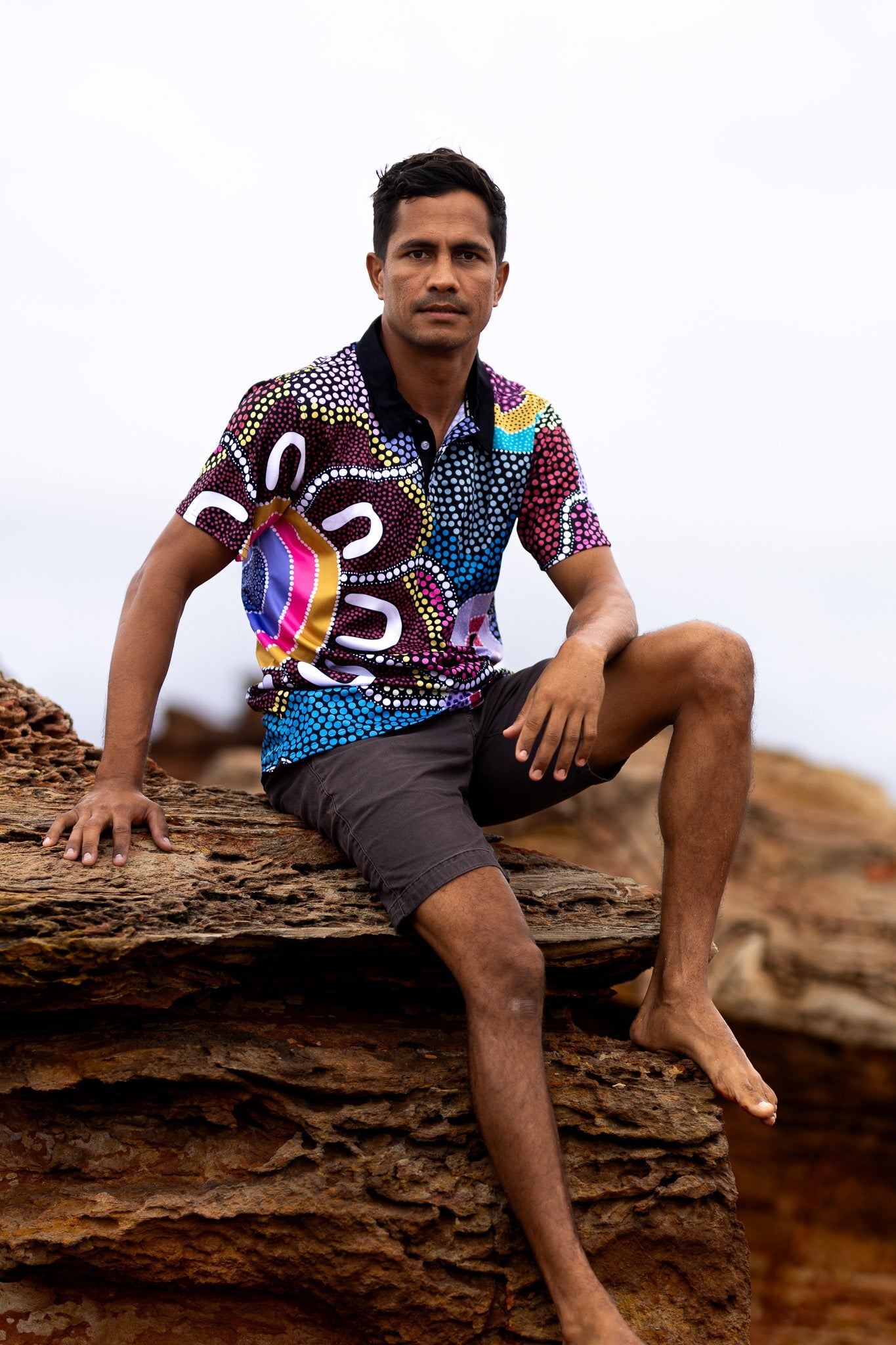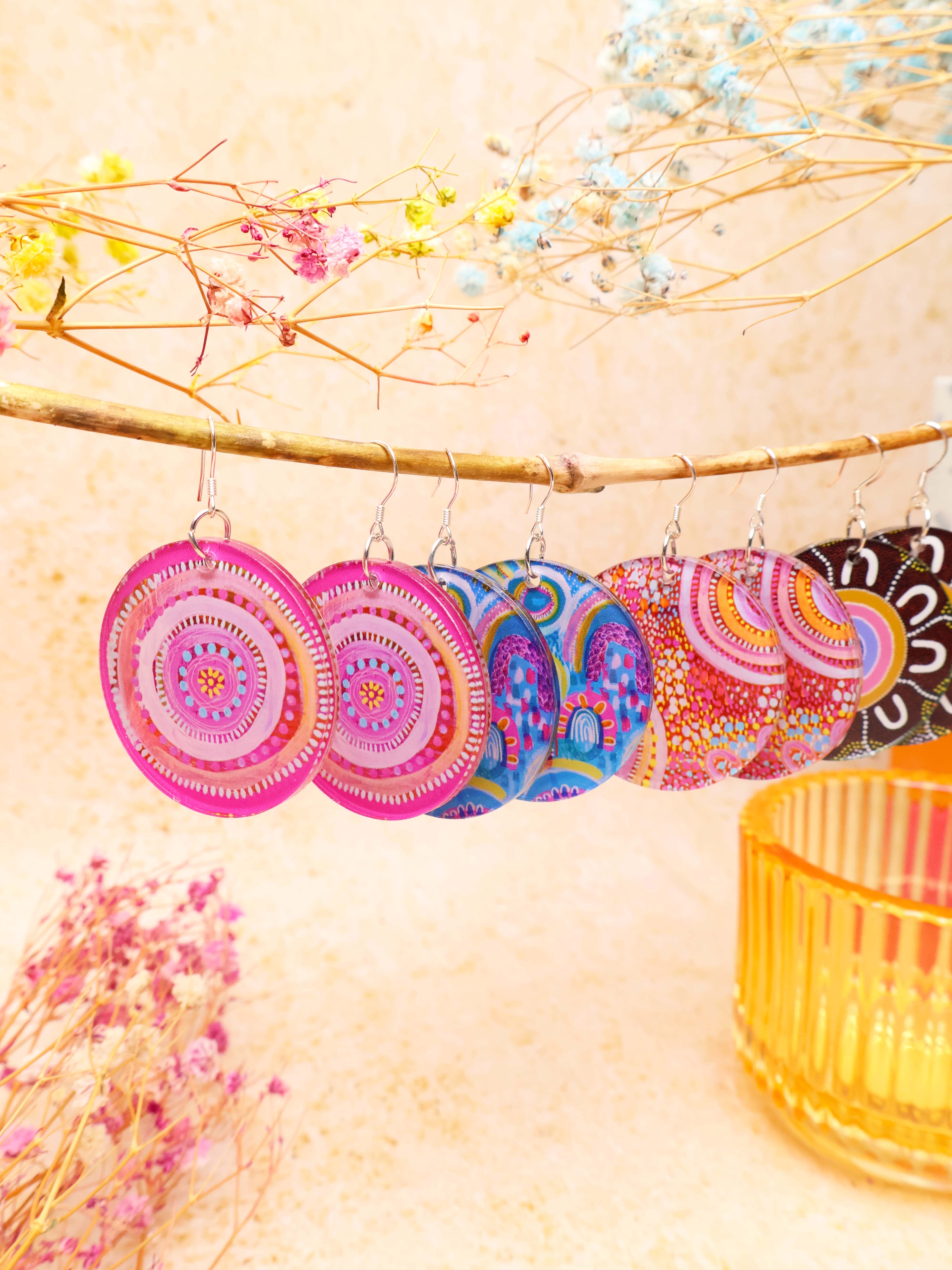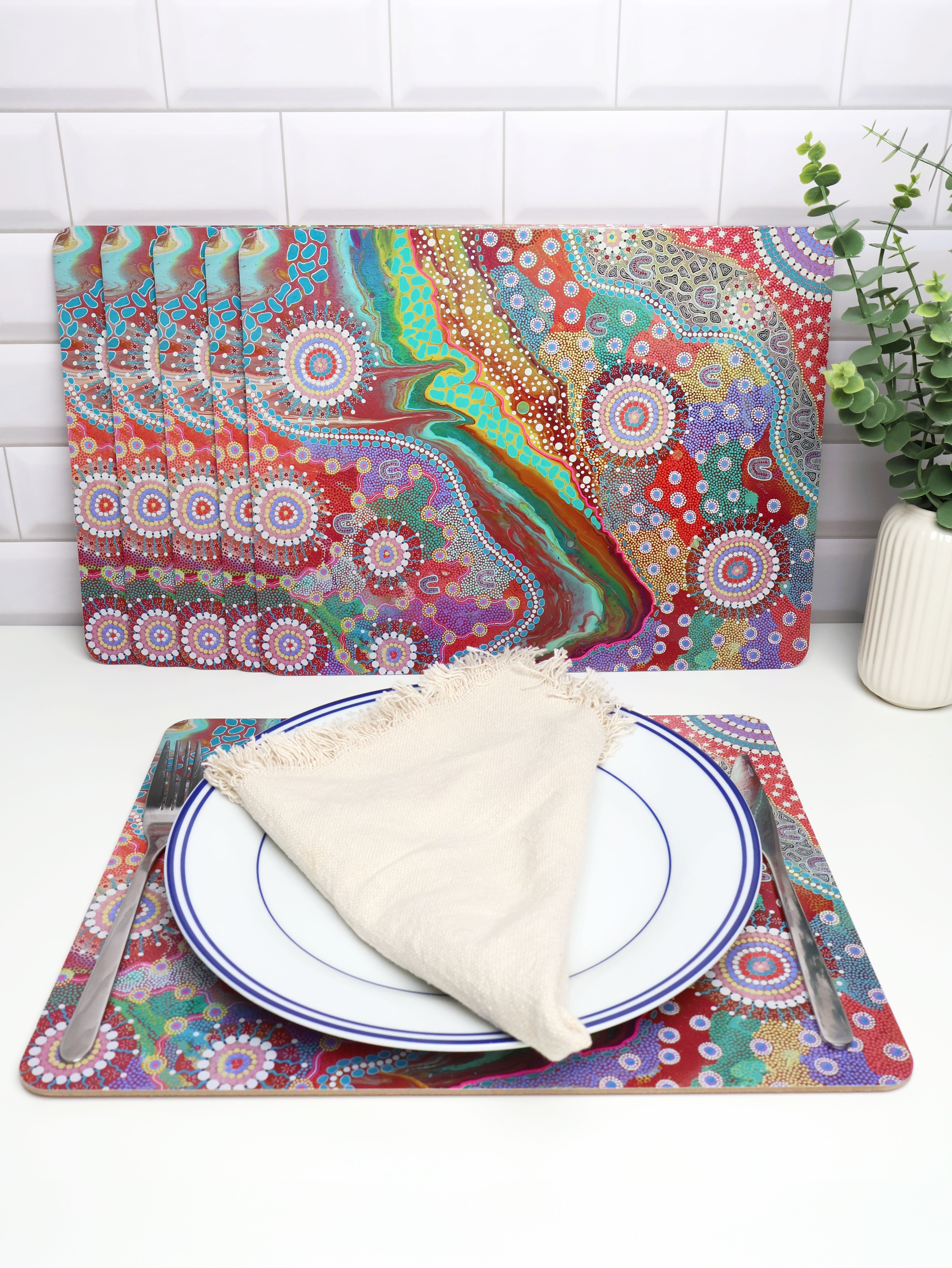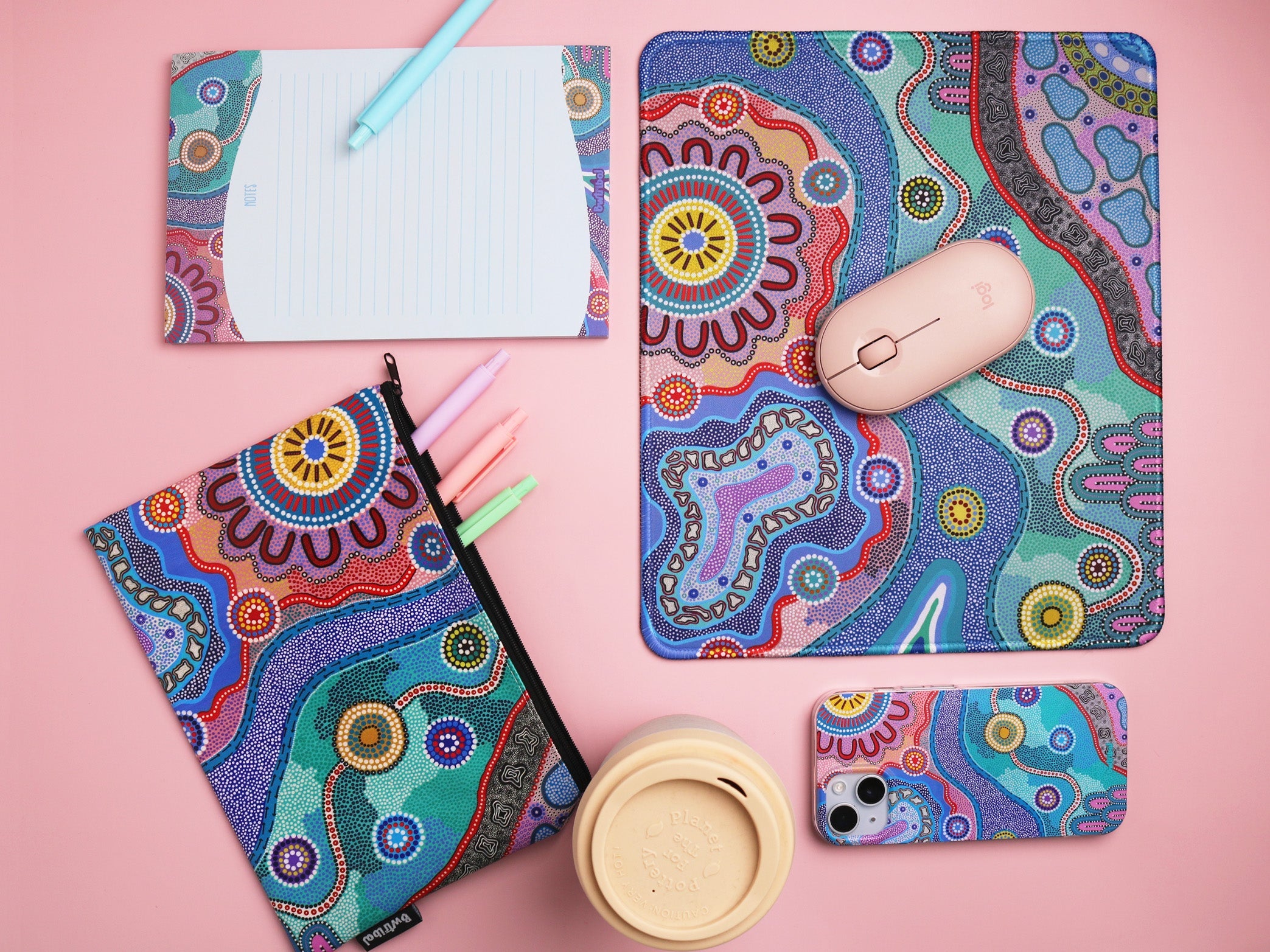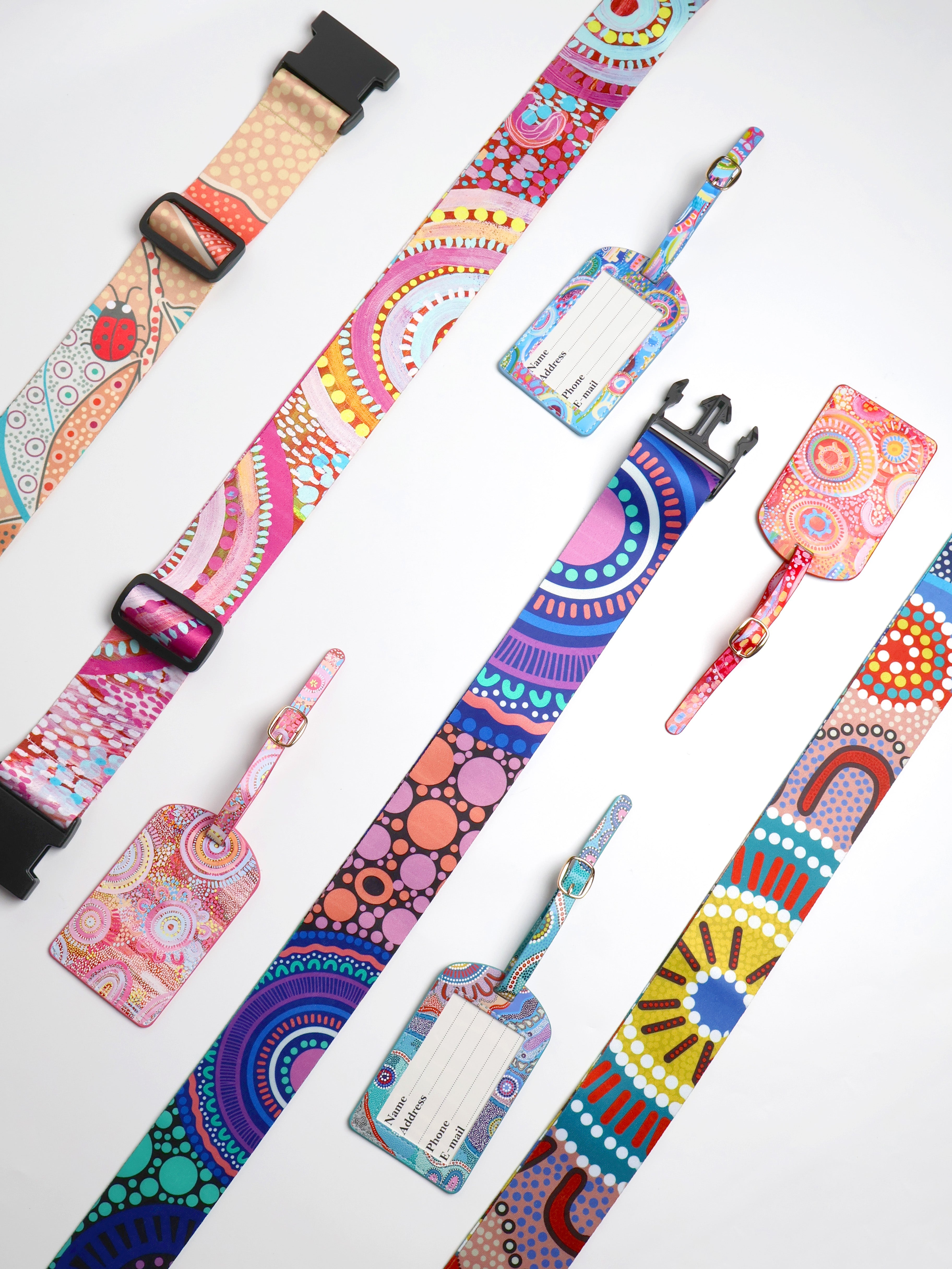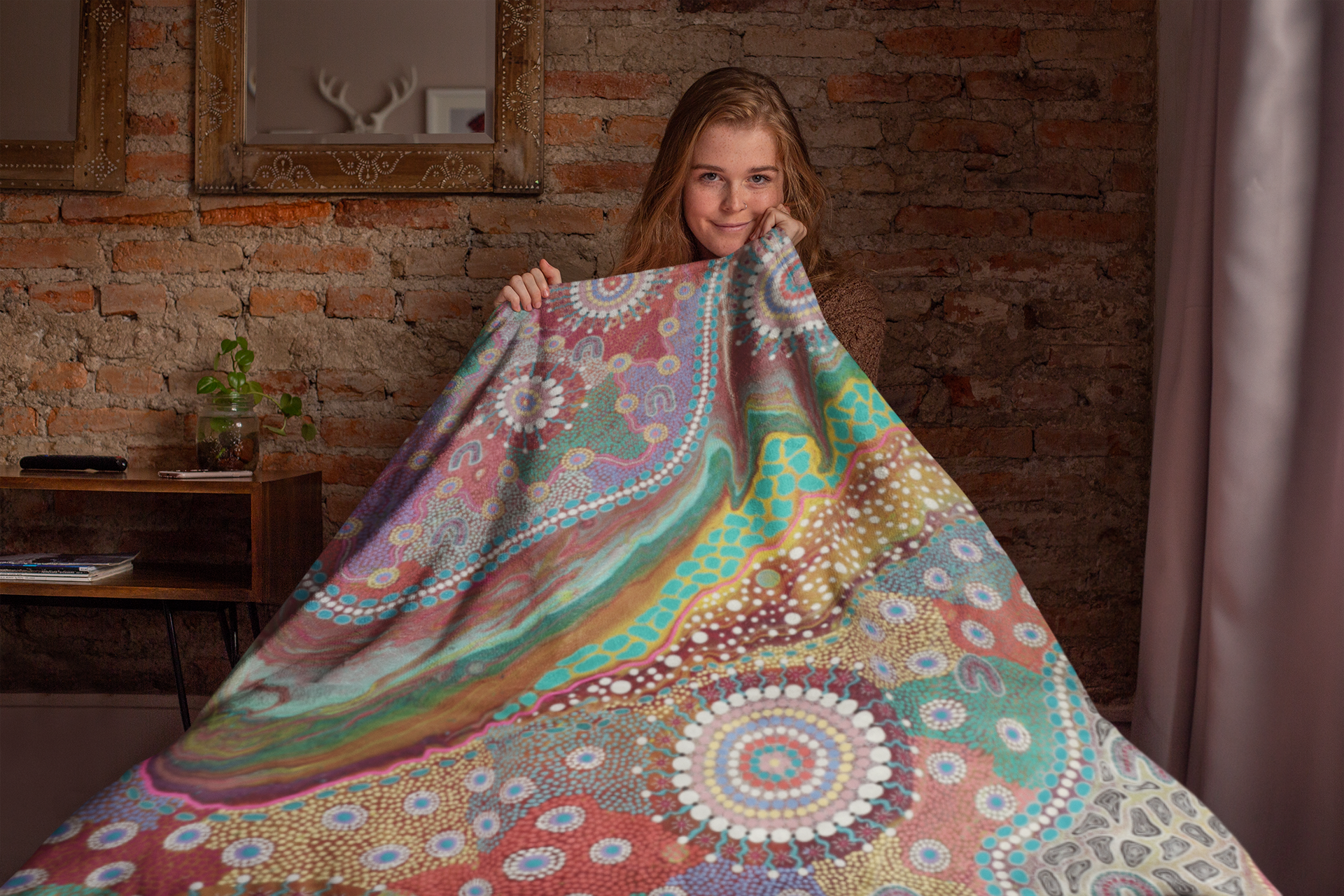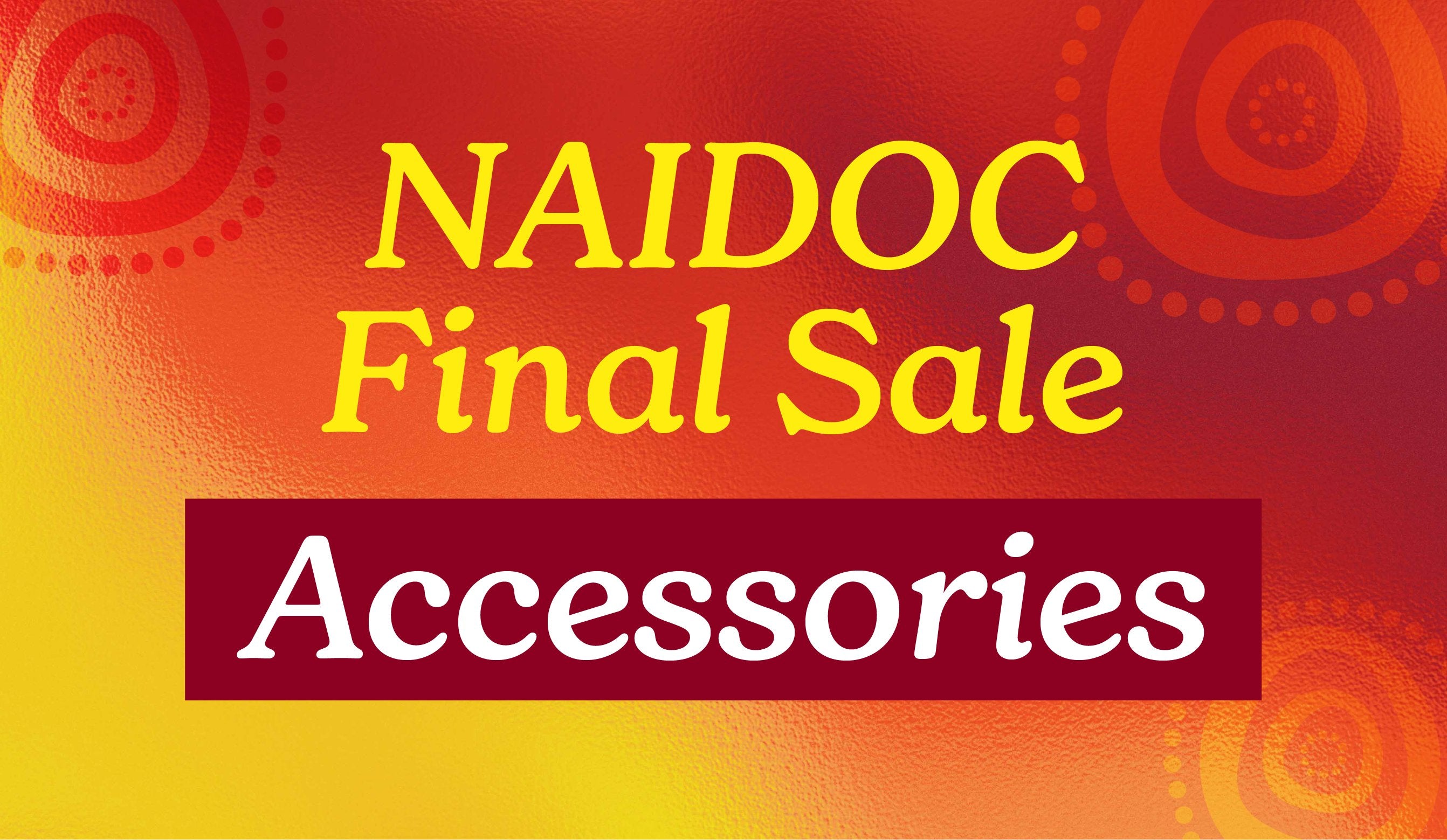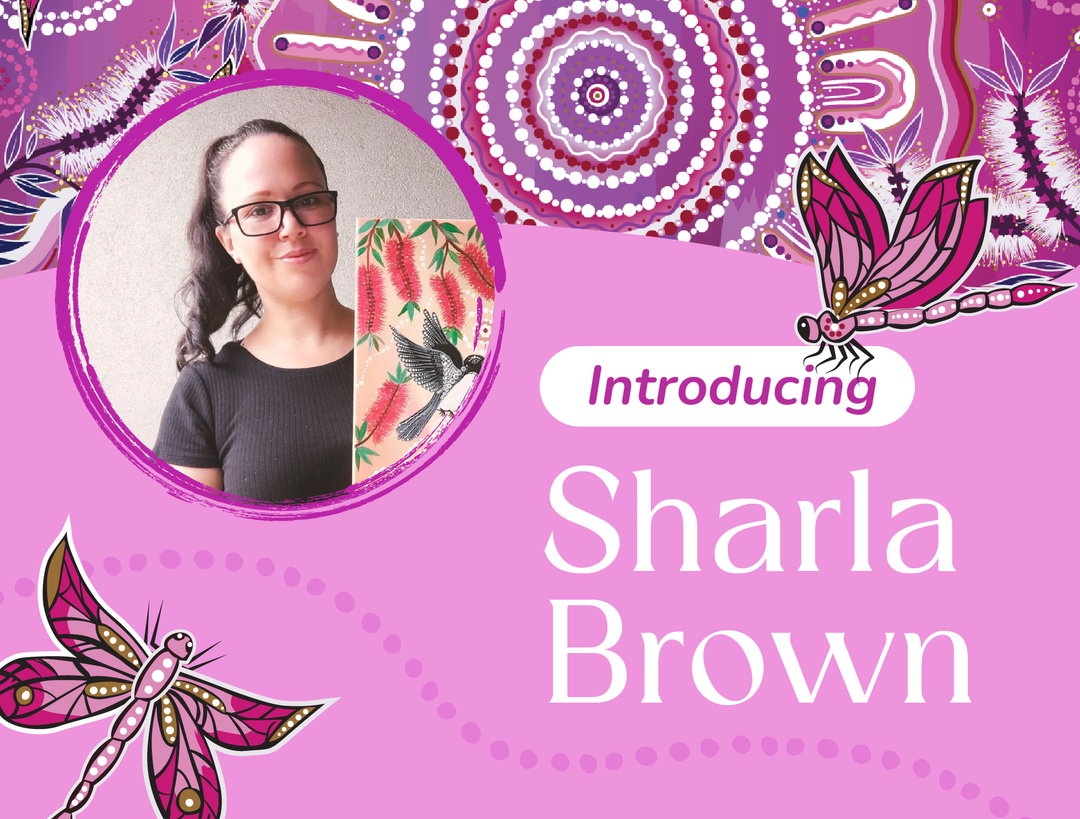When many people picture Aboriginal art, their minds often jump to the dot paintings famous in Australia's Central and Western Deserts. And while those styles are incredible, they represent just one part of the diverse Indigenous artistic expression found across the continent.
Let's look north, to the tropical Top End of the Northern Territory, to Arnhem Land. This region is home to some of the oldest continuous art traditions in the world, featuring unique styles that provide insight into the culture, spirituality, and law of the local Bininj (West Arnhem) and Yolŋu (East Arnhem) people. The art here is distinct from the dot painting styles found elsewhere.

Bark Painting
One of the most recognised forms of Arnhem Land art is painting on bark. For generations, artists have carefully harvested sheets of stringybark, usually during the wet season. The bark is cured over fire, flattened, and weighted to create a surface ready for painting with natural ochres. These paintings often depict Dreamtime Stories, clan laws, local animals, and the artists' connection to their specific Country. It's an enduring practice still used by many artists today.
Image: Spirit Figure by Barraba artist, Wally Mandarrk
Rarrk (Cross-Hatching)
Examining many paintings, particularly from western and central Arnhem Land, reveals intricate patterns of fine, parallel lines overlaying each other – this is rarrk, a form of Aboriginal cross-hatching. It serves a purpose beyond decoration. Artists meticulously apply these lines using ochre, traditionally with fine brushes made from reeds or human hair.
This rarrk technique is understood to give the painting a shimmering quality, representing ancestral power and presence. The specific patterns and density of the lines can sometimes signify the artist's clan or moiety (a form of social kinship division), adding further layers of meaning. It requires considerable skill and precision.

Is Rarrk the Same as Miny'tji?
While both involve fine line work, rarrk should be distinguished from Miny'tji. Miny'tji refers specifically to the sacred clan designs belonging to the Yolŋu people of North-East Arnhem Land (like those seen at Buku-Larrnggay Mulka Centre). These are specific, named geometric patterns passed down through families, representing rights and responsibilities connected to land, sea, and ancestral knowledge. They are fundamental to Yolŋu law and identity. So, while rarrk is a technique often used to create a sense of power within figures or backgrounds, Miny'tji are the actual sacred patterns that denote specific clan identities and authority.
X-Ray Art: Seeing Beyond the Surface
Another distinct style, particularly associated with West Arnhem Land and neighbouring Kakadu National Park, is X-ray art. As the name implies, artists depict animals, spirits, and sometimes human figures showing both external features and internal structures – such as bones and organs.
This style reflects an intimate knowledge of local anatomy, often gained through hunting and preparing animals. It also represents a holistic view, showing the inner elements and life force of the subject, connecting the physical form to its deeper significance. Fish, turtles, kangaroos, and spirit figures are commonly painted in this detailed style on rock surfaces and bark.
Image: Bark Painting of a Barramundi, unknown artist, 1961
A Living Tradition
From the sacred geometry of Miny'tji and the fine line work of rarrk to the detailed X-ray art and the tradition of bark painting, Arnhem Land art showcases significant diversity and cultural depth. These are living traditions, adapting over time while remaining strongly connected to ancient knowledge, law, ceremony, and Country. Exploring these forms helps illustrate the variety within Aboriginal art across Australia.






